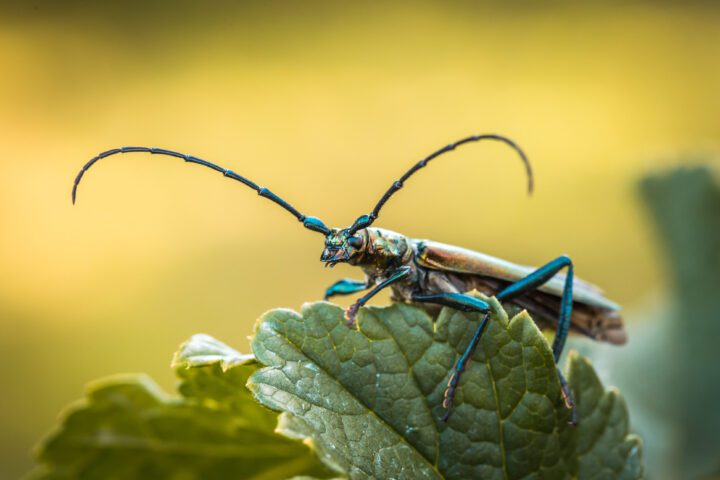Smart sensors from University of Surrey and University of Sussex have flexible photonic crystals that change color when heated.
Benefits
- Reduced energy use
- Reduced cost
- Wearable
- Versatile
Applications
- Security
- Medical devices
- Food packaging
- Pharmaceuticals
UN Sustainable Development Goals Addressed
-

Goal 3: Good Health & Wellbeing
-

Goal 11: Sustainable Cities & Communities
The Challenge
Sensors are usually designed to react to certain stimuli one at a time, such as movement or temperature changes. Few sensors are able to detect multiple stimuli without having to change modes, and those that can are usually expensive and energy-intensive.
Innovation Details
The smart sensor has color-changing, flexible photonic crystals that respond sensitively to physical and chemical stimuli. The crystals are made with a small amount of graphene which causes the formation of colloidal crystals that have angle-dependent structural color, similar to butterfly wings and peacock feathers. By default the crystals appear green, but when the sensor is stretched or heated the crystals reflect the light differently, causing them to appear blue or even transparent. The change in color is visible to the naked eye and completely reversible when the stimuli revert back to the original condition.
Biological Model
Butterfly wings and peacock feathers contain nanoscale structures that reflect and absorb light in different ways to produce color. This method of manipulating light results in brilliant iridescent colors, which the animals rely upon for camouflage, thermoregulation, and signaling to potential mates.





